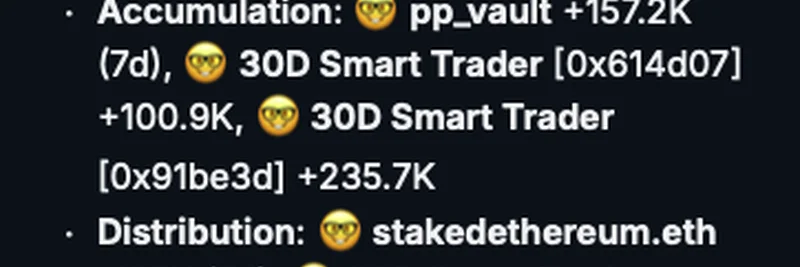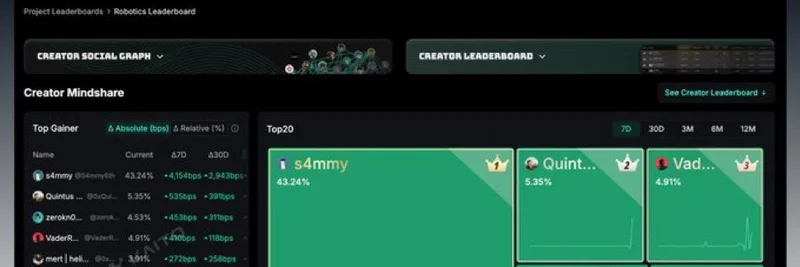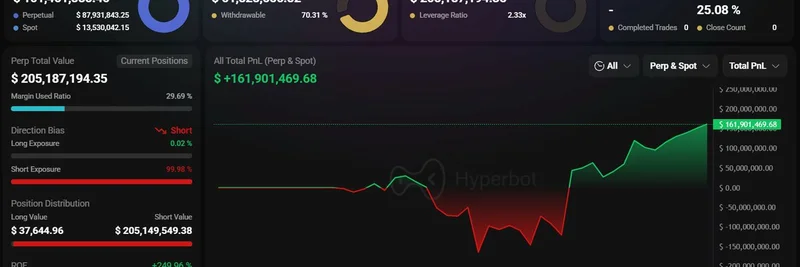In a recent X post, Haseeb Qureshi, managing partner at Dragonfly Capital—a prominent crypto venture firm—shared his thoughts on a fascinating economic insight from Travis Kalanick, the founder of Uber. The discussion revolves around tipping in delivery apps, but it offers some intriguing parallels to how psychology plays out in meme token ecosystems.
Kalanick's original post breaks down tipping not as a simple feedback tool, but as a clever mechanism to squeeze more value from both customers and drivers. He explains that consumers tend to undervalue tips psychologically—treating a $1 tip as if it's only worth about $0.80 in terms of their spending sensitivity. On the flip side, drivers overvalue it, behaving as if that same $1 is worth $1.20. This asymmetry creates extra economic surplus for the platform, making tipping a must-have feature for competitive apps. Without it, an app risks losing market share to rivals who exploit this human quirk.
Haseeb chimes in, noting how this resonates personally: he's more willing to shell out a generous tip than pay a high delivery fee, because the tip feels like it's directly helping the driver. It's a classic case of framing—how the same money feels different based on context. He wraps it up with a key reminder: "Always consider the equilibrium." In other words, think about the stable state where all players' strategies balance out.
Now, why does this matter for meme tokens? Meme coins thrive on similar psychological hacks. Think about airdrops or community rewards—they often feel like "free money" going straight to holders, much like a tip to a driver. But in reality, they influence behavior in ways that benefit the project or early insiders. Holders might hold longer or promote harder because of that perceived direct value, even if the overall economics are stacked against them.
For instance, in meme token launches, features like referral bonuses or staking rewards play on our irrationality. A small reward might feel oversized in value, encouraging more participation and liquidity, just as drivers chase tipped orders. But skip these mechanics, and your token might lose out to competitors who gamify engagement better. It's all about capturing that extra surplus through human biases.
This thread highlights how top minds in tech and crypto are drawing connections between everyday apps and blockchain dynamics. If you're building or investing in meme tokens, consider these equilibria—design for psychology, or risk getting outmaneuvered.
Stay tuned to Meme Insider for more breakdowns on how real-world economics shape the wild world of meme coins.



